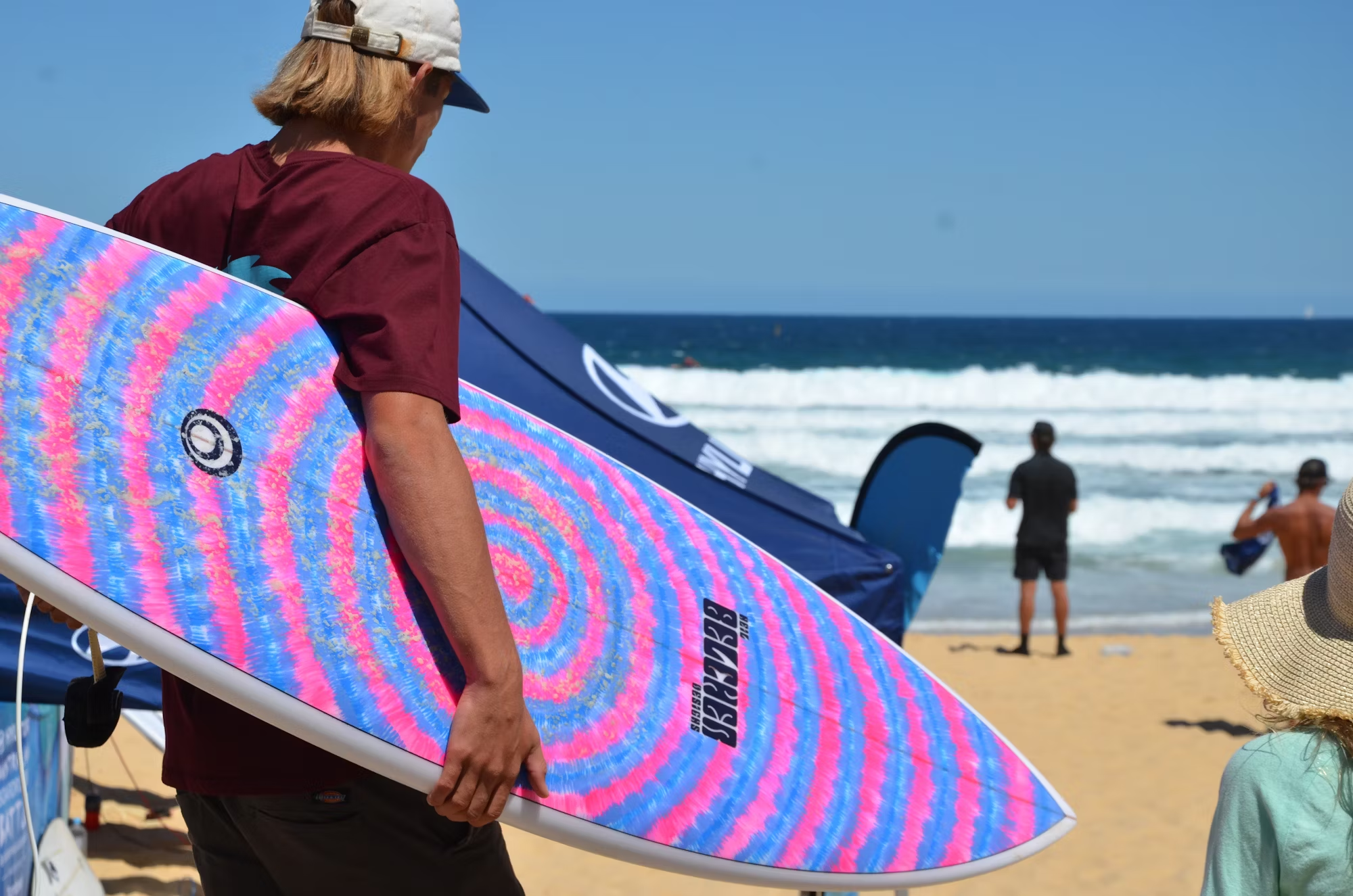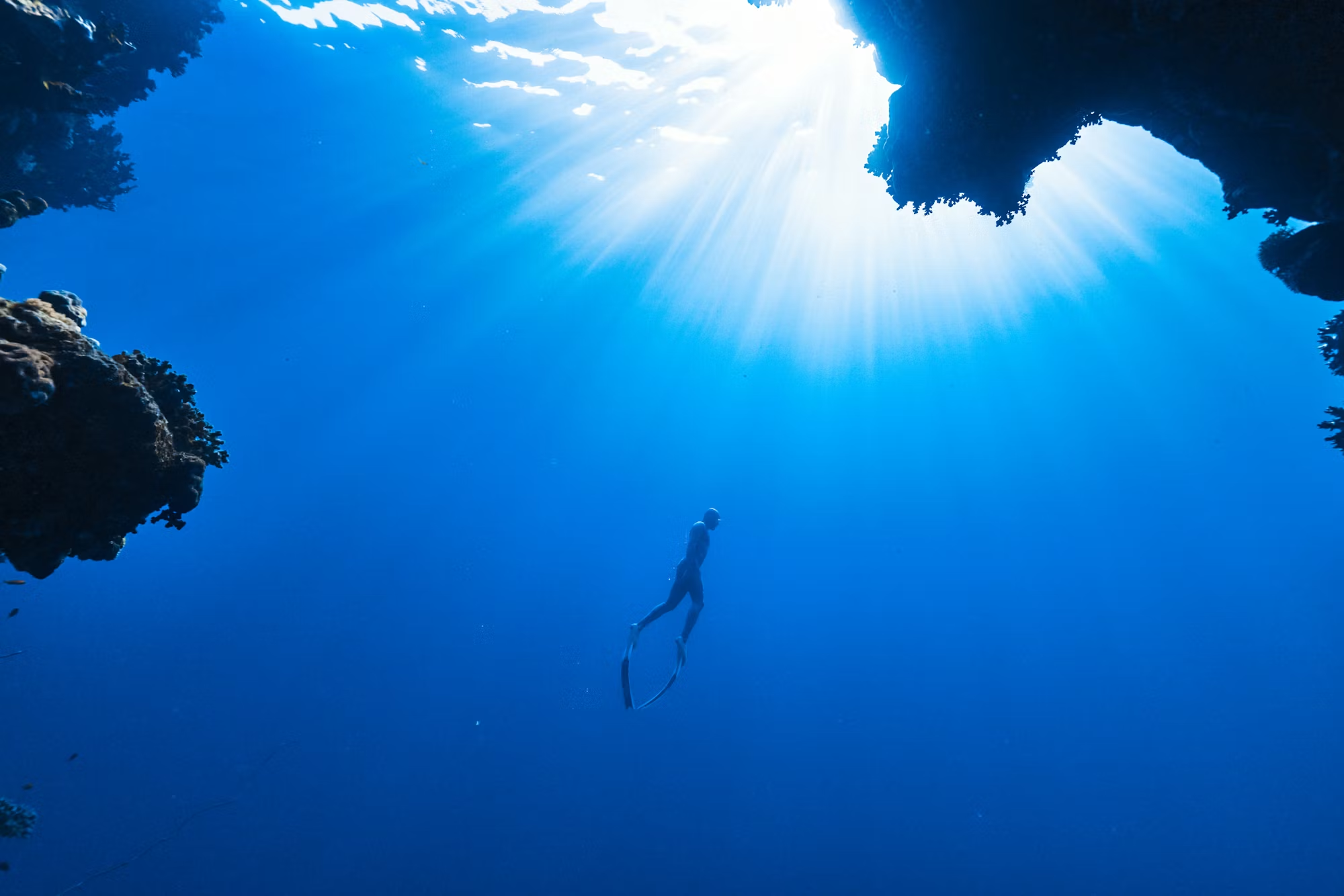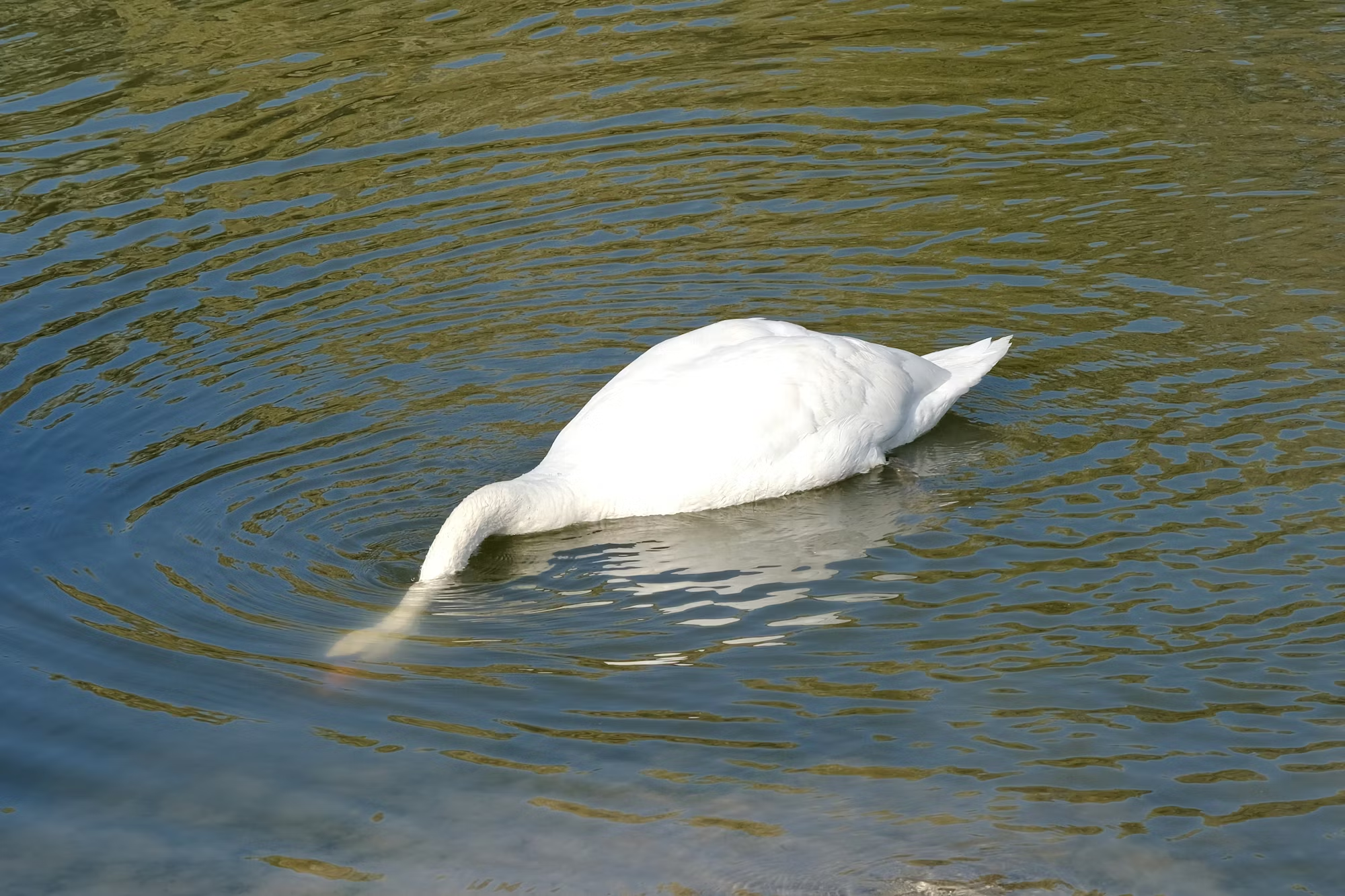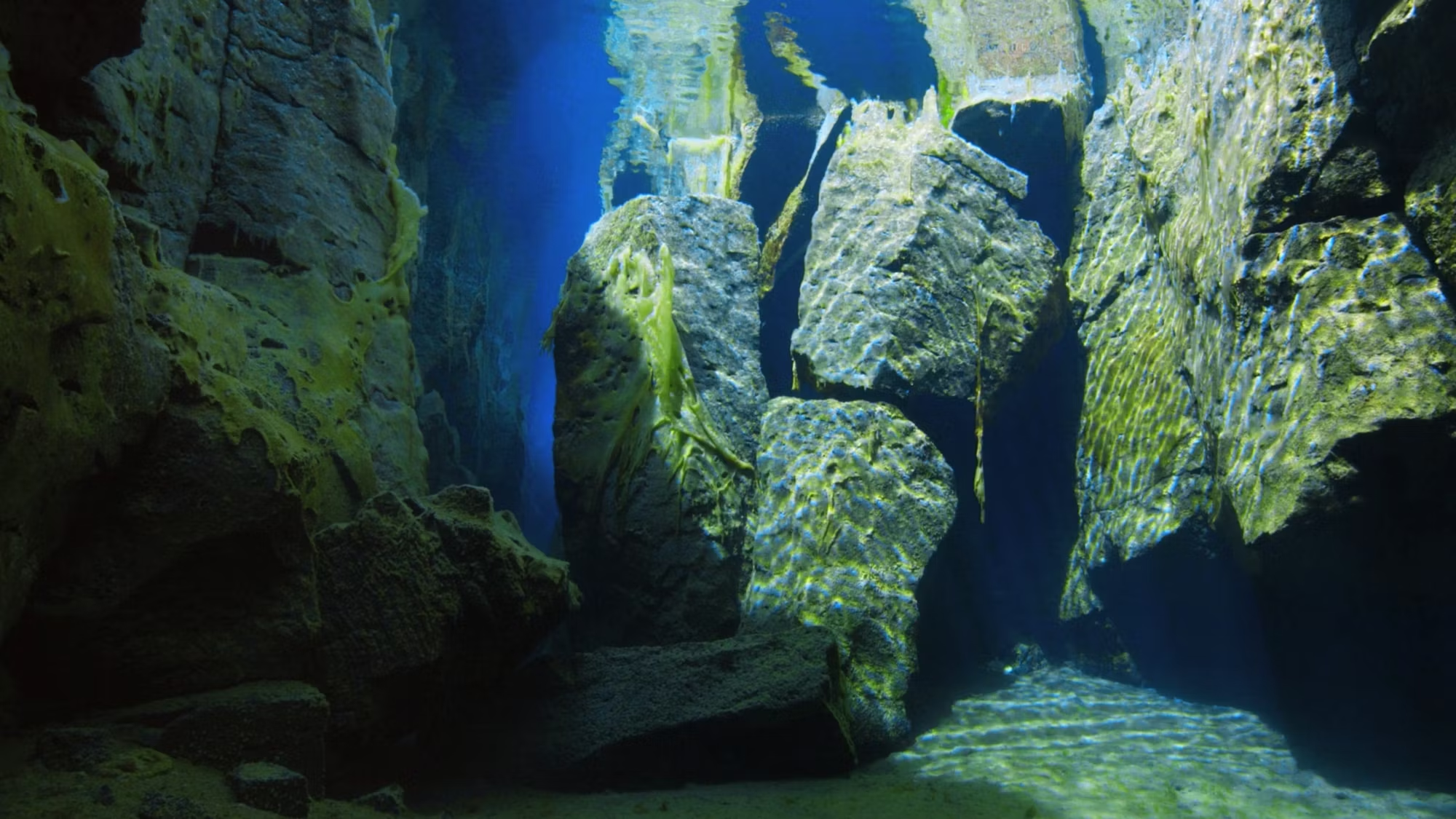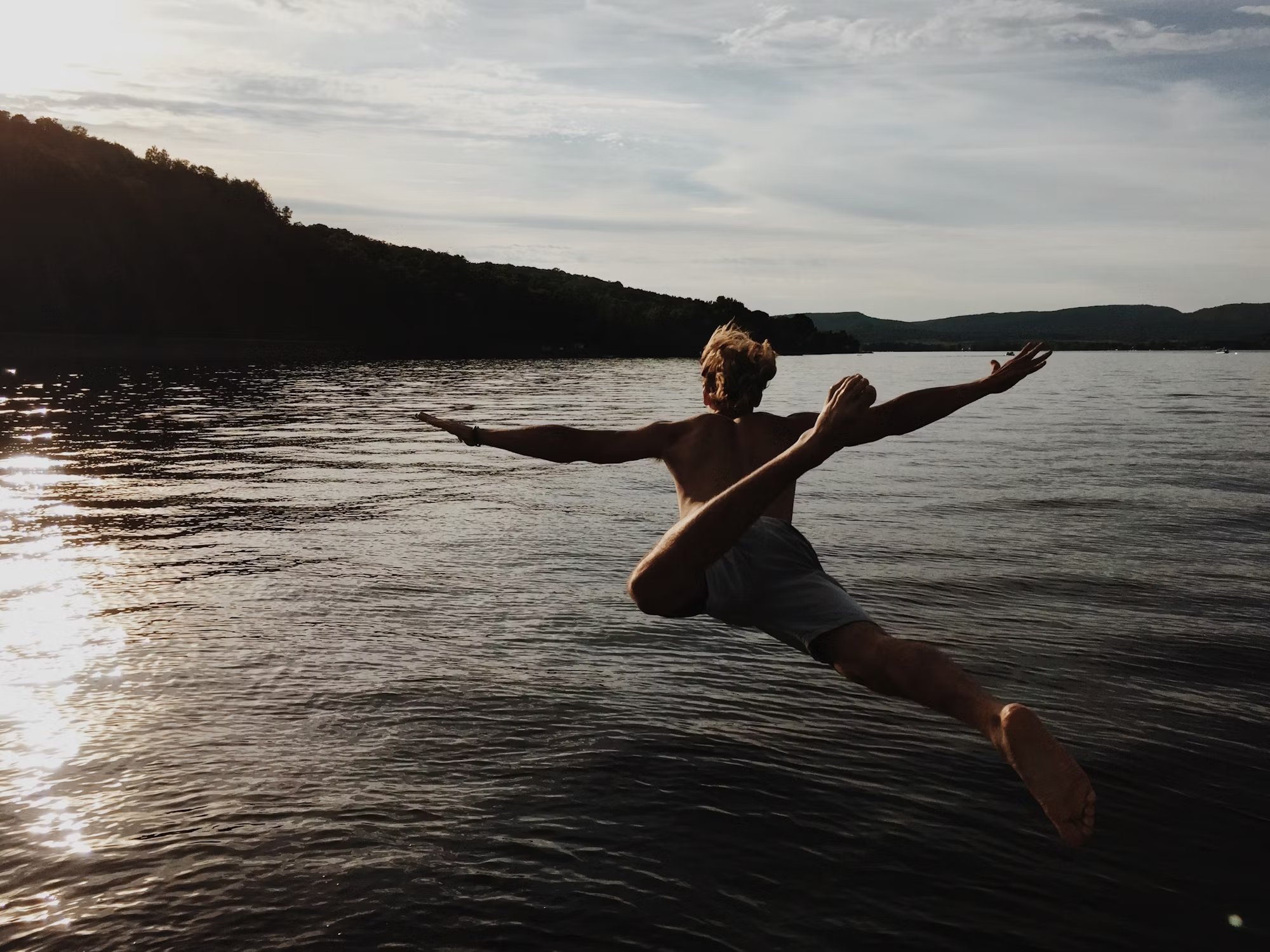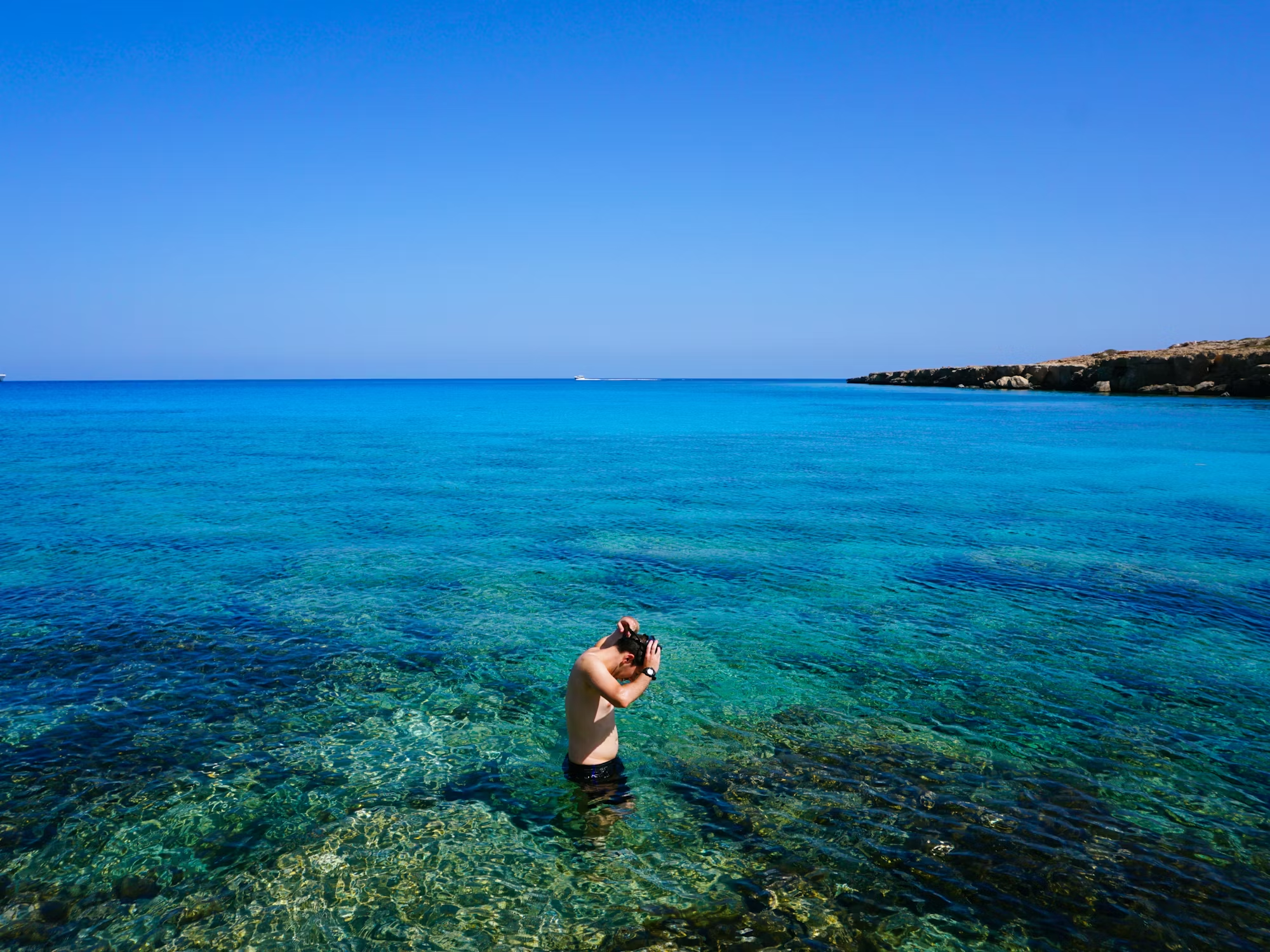Skateboarding is more than just a sport; it is a cultural phenomenon that fosters creativity, community, and self-expression. From its origins in California to its status as a global activity, skateboarding has evolved into numerous styles, each reflecting the unique personality and passion of its practitioners. This article explores the different skateboarding styles, their significance, and the vibrant community that surrounds them.
The roots of skateboarding can be traced back to the late 1950s, when surfers in California sought to bring the thrill of the ocean to the streets. Initially called “sidewalk surfing,” early skateboards were simple wooden boards equipped with roller skate wheels. As the sport gained traction, advancements in technology, such as the introduction of urethane wheels in the late 1970s, greatly enhanced performance and opened up new possibilities for tricks and maneuvers. This evolution laid the groundwork for the diverse styles that characterize modern skateboarding.
Street skateboarding is perhaps the most recognized style, taking advantage of urban landscapes to create dynamic skating environments. Skaters utilize elements like curbs, staircases, benches, and handrails to perform tricks, transforming everyday city features into creative challenges. This style emphasizes individuality and innovation, encouraging skaters to discover unique spots and develop personal techniques. The street skating community is known for its supportive atmosphere, where riders share tips and celebrate each other’s successes. Influential skaters like Tony Hawk and Rodney Mullen have pushed the boundaries of street skating, introducing groundbreaking tricks that continue to inspire new generations.
In contrast, vert skateboarding focuses on ramps and halfpipes, where skaters launch into the air to execute impressive aerial tricks. This style requires a blend of courage and precision, as riders must master the mechanics of launching off vertical transitions and performing flips, spins, and grabs while airborne. The thrill of vert skating comes from the adrenaline rush of soaring above the ramp, and the culture surrounding it often emphasizes competition and skill development. Events like the X Games showcase the talents of vert skaters, highlighting athletes who continually push the limits of what is possible.
Bowl skating, another exciting discipline, takes place in specially designed bowl-shaped structures or even empty swimming pools. This style is characterized by fluid movements and carving, as skaters navigate the contours of the bowl to perform tricks that flow seamlessly into one another. Bowl skating fosters a sense of community, as riders often gather to share experiences and support each other’s progress. The culture surrounding bowl skating encourages creativity and personal expression, allowing skaters to develop their unique styles and techniques.
Freestyle skateboarding presents a distinct approach, emphasizing technical footwork and flatland tricks. This style requires excellent balance and coordination, as skaters perform intricate routines on smooth surfaces. Freestyle routines often resemble a dance, showcasing individual flair and creativity. Although not as mainstream as street or vert skating, freestyle has experienced a revival, appealing to those who seek to explore its unique techniques and artistic expression. This discipline underscores the importance of individuality, allowing skaters to showcase their personal styles in captivating ways.
Longboarding, while a separate discipline, has gained popularity in recent years. Longboards are designed for stability and smooth rides, making them ideal for cruising, carving, and downhill riding. This style emphasizes the joy of the ride itself, encouraging longboarders to seek out scenic routes and enjoy their surroundings. The longboarding culture promotes a relaxed atmosphere, inviting newcomers to experience the thrill of skating without the pressure of performing tricks. This accessibility has made longboarding an appealing entry point for many, allowing individuals to embrace the sport in a fun and enjoyable way.
Downhill longboarding takes the excitement of riding to another level, enabling skaters to navigate steep hills at high speeds. This discipline requires mastery of techniques that promote control and stability while embracing the rush of racing downhill. The camaraderie among downhill longboarders is strong, as riders often share their favorite routes and strategies for improving their skills. Safety is paramount in this discipline, with skaters prioritizing protective gear and adhering to best practices while tackling challenging terrains. The shared thrill of downhill riding fosters a unique bond among participants, creating lasting friendships within the community.
Slalom skateboarding introduces an exciting challenge, requiring skaters to navigate a course marked by cones or obstacles. This discipline emphasizes agility and precision, as riders must execute quick turns and intricate footwork to navigate the course successfully. Slalom racing promotes a competitive yet supportive atmosphere, where skaters share techniques and encourage each other’s growth. The community within the slalom scene reflects the spirit of skateboarding as a whole, highlighting collaboration and mutual support among riders.
As skateboarding continues to evolve, innovation plays a crucial role in shaping its future. Advances in skateboard design—such as lighter materials, improved wheel technology, and specialized decks—allow skaters to experiment with new tricks and styles, pushing the boundaries of what is possible. The rise of social media has also transformed the skateboarding landscape, enabling riders to connect and share their experiences with a global audience. This newfound visibility has attracted a diverse group of enthusiasts, enriching the culture and expanding its reach.
The growing recognition of skateboarding in mainstream culture, especially with its inclusion in the Olympics, has propelled the sport into the spotlight. This exposure highlights the diverse styles and talents within the skateboarding community, inspiring younger generations to take up the sport and explore its many facets. As skateboarding gains momentum, its impact on youth culture and sports continues to grow, inviting everyone to partake in the exhilarating journey of riding.
At its essence, skateboarding embodies a spirit of freedom, creativity, and connection. The relationships formed within the skateboarding community often last a lifetime, transcending age, background, and skill level. Whether in a skatepark, on the streets, or during competitions, skaters share a unique understanding and appreciation for the art of riding. This sense of belonging is what makes skateboarding truly special, providing a welcoming environment for anyone willing to join the ride.
In conclusion, the various styles of skateboarding reflect a rich culture filled with creativity, community, and innovation. From street skating to downhill longboarding, each discipline offers unique opportunities for expression and connection. The culture surrounding skateboarding promotes inclusivity and individuality, encouraging skaters to embrace their authentic selves while fostering strong bonds within the community. As skateboarding continues to evolve and thrive, it remains an exciting journey that invites everyone to experience the joy of riding.

